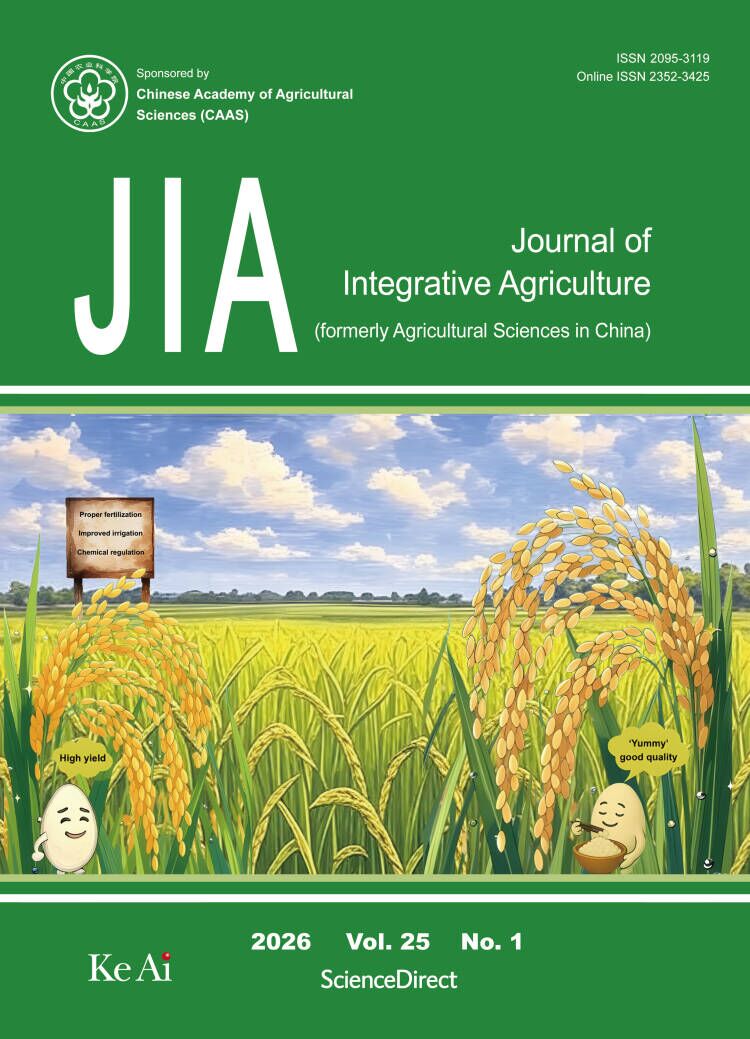
Rice (
Oryza sativa L.) is a staple food for nearly half of the world’s population, critical to global food security, nutritional, and economy. Achieving high-quality and -yield rice production is essential to meet the growing demand. In addition to genetic advances, improvements in external cultivation practices consisting of fertilization, irrigation, and chemical regulation have achieved remarkable progress in enhancing productivity and grain quality of rice. Proper fertilization is indispensable, as it delivers essential nutrients (N, P, K, and micronutrients) that drive rice growth and development. Balanced nutrient management fosters vigorous root systems, enhances photosynthetic capacity, optimizes yield components, and elevates grain quality by improving protein, starch, and lipid, micronutrient content. Improved irrigation practices, such as water-saving irrigation, precision irrigation, drip irrigation technologies, and revolutionize water use efficiency. These methods maintain optimal soil moisture regimes, mitigate drought or waterlogging stress, promote nutrient uptake, and support critical physiological processes, thus bolstering both yield and resource sustainability. Chemical regulation, via plant growth regulators, offers targeted modulation of rice physiology. It can stimulate tillering, enhance stress tolerance, synchronize flowering, and improve the translocation of photo-assimilates to grains, ultimately refining the source–sink dynamics for superior yield and quality. The synergistic integration of proper fertilization, improved irrigation, and chemical regulation is pivotal for realizing high-yield, high-quality, and sustainable rice production. This cover image highlights the successful outcomes of these cultivation efforts, showcasing rice plants with abundant golden panicles symbolizing both productivity and quality. The picture was provided by Dr. Yunji Xu from the Joint International Research Laboratory of Agriculture and Agri-product Safety of the Ministry of Education, Yangzhou University, China. For more details, please see pages 68–80.